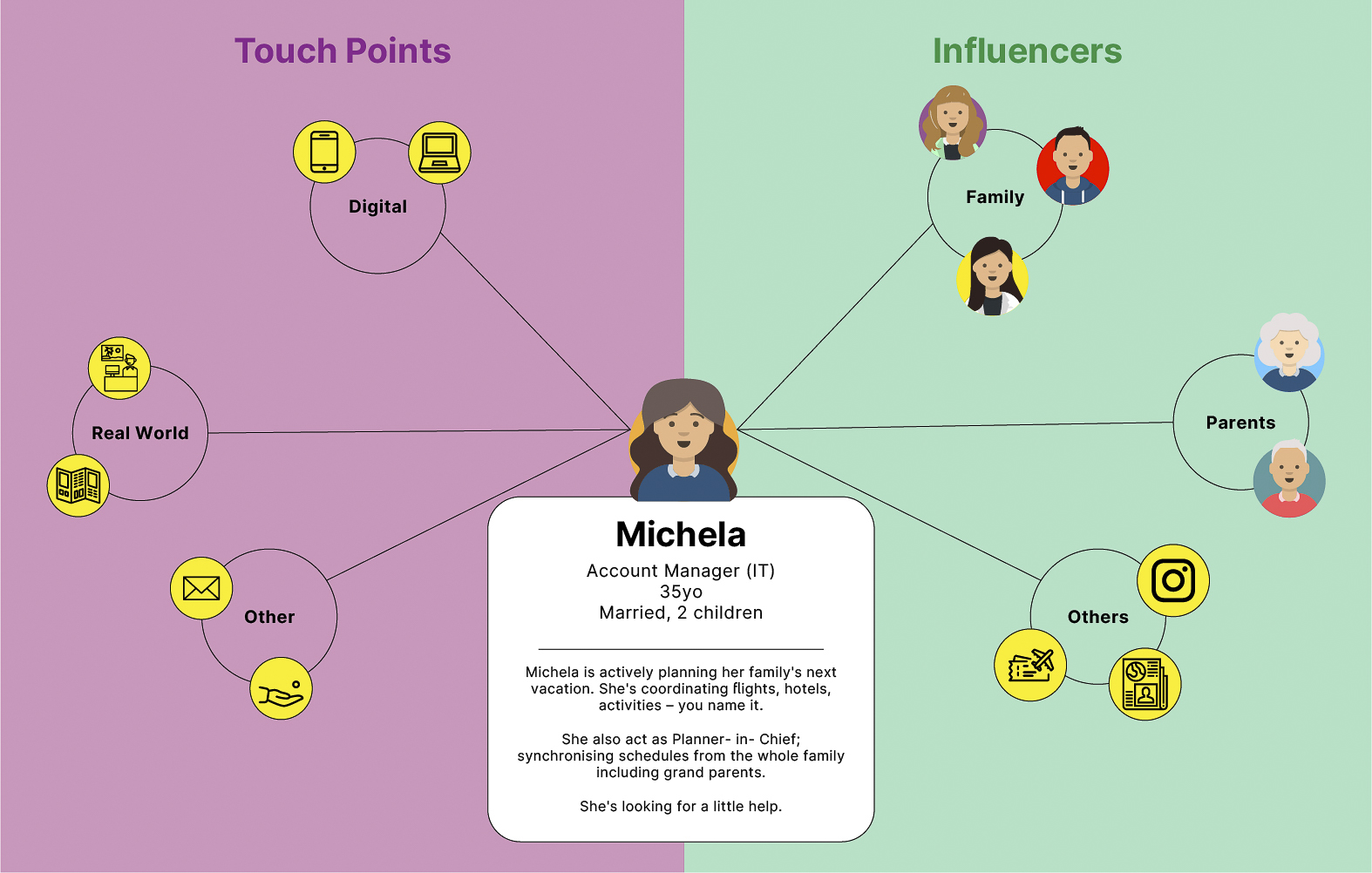In today’s fast-changing business world, emotional intelligence (EI) is more than just a leadership skill, it’s a strategic necessity. From boardrooms to branding campaigns, leaders and companies that prioritize emotional intelligence are building stronger teams, deeper customer relationships, and more resilient organizations.
But what does it mean to lead with emotion? And how can brands integrate EI into their strategies to foster long-term loyalty and impact?
I am Chris, facilitator, consultant and lecturer, and this is my perspective on why emotional intelligence is shaping the future of leadership and branding.
Why Emotional Intelligence is the Future of Leadership
Leadership today isn’t about simply making decisions, it’s about inspiring trust, fostering collaboration, and taking responsibility. Emotionally intelligent leaders don’t just drive results; they create environments where employees and stakeholders feel valued, heard, and motivated.
As Amy Edmondson, Professor of Leadership at Harvard Business School, highlights in her TED Talk “How to turn a group of strangers into a team”, the most effective leaders cultivate psychological safety, where people feel free to contribute without fear. She encapsulates this idea with a powerful statement:
“Look to your left, look to your right. How quickly can you find the unique talents, skills, and hopes of your neighbor, and how quickly, in turn, can you convey what you bring? Because for us to team up to build the future we know we can create that none of us can do alone, that’s the mindset we need.”
This mindset is at the core of emotionally intelligent leadership. It’s about listening before leading, recognizing the strengths of others, and creating a shared purpose that drives real change.

EI and Brand Strategy: More Than Just Selling
Emotional intelligence isn’t just about internal leadership, it’s also shaping how brands connect with their audiences. Today, consumers don’t just buy products; they buy into stories, values, and emotional experiences.
A great example is Patagonia. Their unwavering commitment to sustainability and environmental activism isn’t just a corporate strategy—it’s an authentic, emotionally driven mission that resonates deeply with their customers. Patagonia customers feel like part of a movement, not just consumers. This is the power of EI in branding.
Emotionally intelligent brands:
- Listen to their customers and communities
- Align values with actions (not just marketing messages)
- Create relationships, not just transactions
Brands that embrace authenticity, emotional connection, and shared values are the ones that build long-term loyalty.
Tools for Embedding Emotional Intelligence in Leadership & Branding
Applying EI isn’t just about intention, it requires practical frameworks to structure and reinforce emotionally intelligent leadership. Here are two powerful tools that help leaders and brands apply EI effectively:
- The Canvas Expert framework provides a structured approach for decision-making, ensuring leaders balance logic with emotional insight. By visualizing key aspects of a business, from stakeholder needs to emotional triggers, this tool helps leaders build deeper connections with teams and customers.
- The Innovation Leadership Canvas is designed to help leaders evaluate their leadership approach and identify areas for emotional intelligence growth. It emphasizes self-awareness – understanding your own leadership style, empathy-driven innovation – recognizing the emotional needs of employees and customers, and psychological safety – fostering an environment of trust and collaboration.
Both frameworks offer practical ways for leaders to integrate EI into daily leadership and branding strategies.
Actionable Steps: How Leaders and Brands Can Strengthen EI
For those looking to integrate emotional intelligence into their leadership or brand strategy, here are four key steps:
- Start with Self-Awareness – Great leadership begins with understanding yourself. What motivates you? How do you react under pressure? Conducting an honest self-assessment can help you become more intentional in how you lead and communicate.
- Listen More Than You Speak – Emotionally intelligent leaders and brands listen first—to employees, customers, and stakeholders. Active listening fosters trust, innovation, and stronger relationships.
- Make Empathy a Business Strategy – Empathy shouldn’t just be a personal trait, it should be woven into leadership and branding strategies. Whether it’s customer experience, product development, or workplace culture, considering the emotional impact of decisions leads to better outcomes.
- Lead with Authenticity – In a world full of marketing noise, authenticity wins. People connect with real emotions and genuine values—whether from a leader or a brand. Leaders who admit mistakes, show vulnerability, and stay true to their values build stronger, more loyal teams.
The Future of Leadership and Branding is Emotional
As businesses navigate increasing complexity, emotional intelligence is no longer a “soft skill”—it’s a critical strategy for success. Leaders who foster trust, embrace collaboration, and lead with empathy will shape the future.
Brands that connect emotionally will stand out, earn loyalty, and build lasting relationships.
So, are you leading with emotion? The leaders and brands that thrive tomorrow will be the ones who listen, connect, and inspire today.
References
- Edmondson, A. (2023). How to turn a group of strangers into a team. TED Talks. Retrieved from https://www.ted.com/talks/amy_edmondson_how_to_turn_a_group_of_strangers_into_a_team
- Goleman, D. (2004). What makes a leader? Harvard Business Review, 82(1), 82-91. Retrieved from https://hbr.org/2004/01/what-makes-a-leader
- Forbes Business Council. (2024, November 13). Why emotional intelligence is important for leadership and how to build it. Forbes. Retrieved from https://www.forbes.com/councils/forbesbusinesscouncil/2024/11/13/why-emotional-intelligence-is-important-for-leadership-and-how-to-build-it/
- Harvard Business School. (2021). Emotional intelligence in leadership. Harvard Business School Online Blog. Retrieved from https://online.hbs.edu/blog/post/emotional-intelligence-in-leadership
- ResearchGate. (2024). The role of emotional intelligence in effective leadership. Retrieved from https://www.researchgate.net/publication/383324508_The_Role_of_Emotional_Intelligence_in_Effective_Leadership
- Sinek, S. (2025). How Middle Managers Can Become True Leaders. [Video]. YouTube. Retrieved from https://youtu.be/kASoCFu6YQ8?si=VhG30pwPoyATOZiw&t=106



